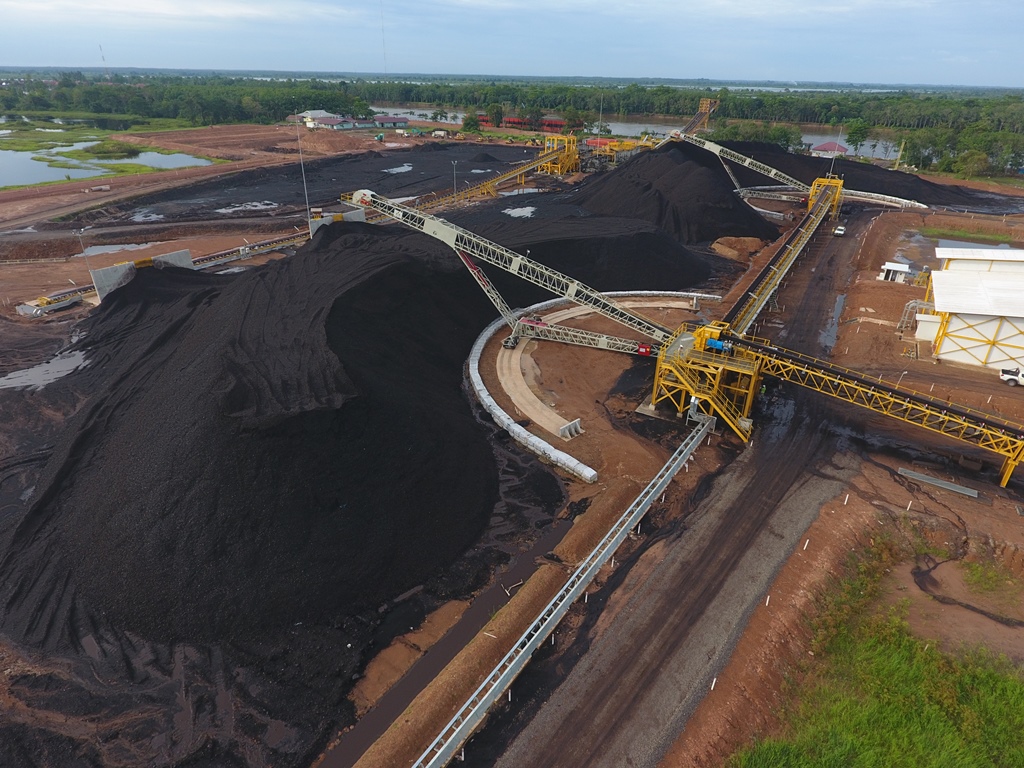Facing the surge in coal prices and increasing demand for Indonesian coal exports, PT Titan Infra Energy, a company operating in South Sumatra Province, strengthened their coal transportation route infrastructure. By operating a 113-kilometer hauling line that crosses three regencies, namely Lahat, Muara Enim and Pali, Titan Infra Energy has contributed to the transportation of coal in the region. This article will discuss more about the importance of efficient and safe coal transportation routes and the steps taken by Titan Infra Energy to address the problem of coal transportation infrastructure.
Indonesia has large coal reserves and even ranks first as a coal exporter. When coal prices soared, coal mining was increasingly being carried out, but the downstream coal transportation infrastructure was still a serious problem. Many traffic accidents, air pollution and road damage are caused by coal transportation.
To overcome this problem, PT Titan Infra Energy extended the hauling route or coal transportation route for 113 kilometers in three regencies in South Sumatra Province. This line ends at the coal terminal which is located in Pali. This haulage route is intended to avoid the use of public roads as coal shipping lanes.
Operational Director of PT Titan Infra Energy, Suryo Suwignjo, said that the government had issued a regulation in the form of banning public roads from being used as coal transportation routes. However, not all coal-producing regions are ready for this rule.
According to Suryo, the coal transportation route is the right solution to overcome the problem of coal transportation. Currently there are two modes of coal transportation in South Sumatra that are not owned by other provinces, namely the railroad and hauling lines operated by Titan and PT Musi Mitra Jaya in the Musi Banyuasin area and its surroundings, which are 133 kilometers long.
The South Sumatra Province Energy and Mineral Resources (ESDM) Office reported that coal reserves in the province reached 22.2 billion tons. Therefore, special attention is needed in strengthening coal transportation infrastructure in this area so that it can provide optimal benefits for the local community.

